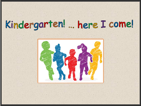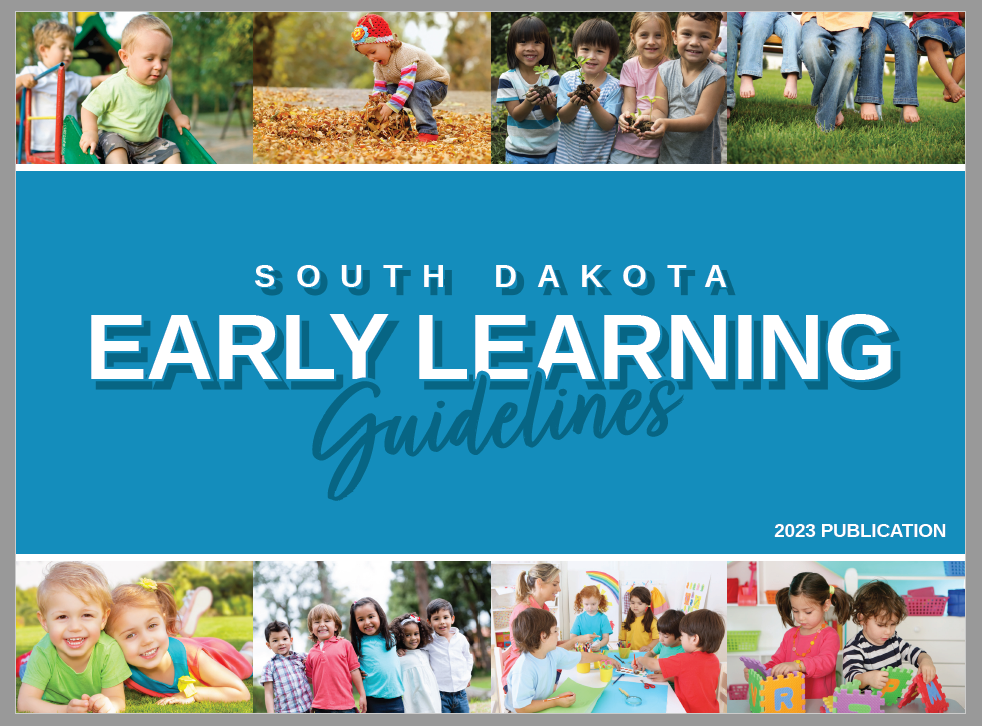Children are born with an inclination to learn. This is reflected in behaviors and attitudes such as curiosity, problem-solving, maintaining attention, and persistence.

Older Preschoolers (45-60+ months)
Older preschoolers are eager to learn and are soaking up knowledge and experiences like a sponge. Play is their primary mode of learning, and they have endless questions to help them understand the world around them.
Understanding that children develop at different rates and stages helps caregivers, educators, and healthcare professionals better support each child's individual journey towards reaching their full potential.

Social Development & Emotional Development

Communication, Language & Literacy
From birth, children are learning language and developing the ability to communicate. Talking, singing, reading, and responding effectively when children express themselves are great investments supporting learning.

Cognitive Development
This fascinating area of development includes understanding how children acquire, organize, and use information in increasingly complex ways. Through play, skills are developed as the foundation for exploring and understanding more sophisticated concepts.

Health & Physical Development
Physical growth, muscle development, nutrition, self-care, health and safety practices are included in this area. Safe and healthy practices support the ability to learn more effectively in all areas.
Transition to Kindergarten calendar of activities.

This non-numbered 12-month calendar includes activities revolving around the South Dakota Kindergarten Standards: Math, English Language Arts, Science, Social Studies, Fine Arts, Health & Physical Education, School Library, Educational Technology, and World Language. Activities utilize materials from home or environments.


